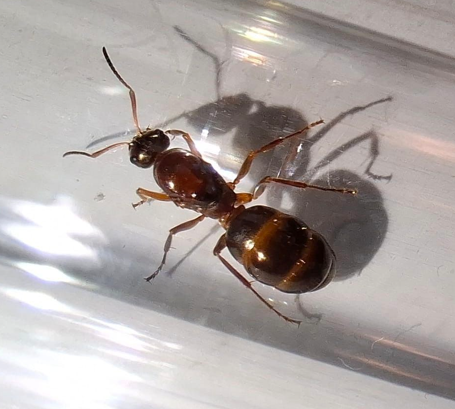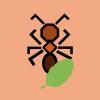Okay, I caught one of these last summer (died after many months of not producing a brood). This summer we have caught ("we" because it's a family affair) seven of these fast moving, never stopping, queen ants. First was in the last week of June, and last was just two days ago (caught three in an hour!). They all measure right around 10 mm (3/8"). Single petiole. All found scurrying across concrete or asphalt in the suburbs of a major metro area. They seem pretty schizo and run around their tubes like crazy any time they're disturbed. I've never seen them try to hide under stuff, but they run. They readily climb surfaces. Very different behavior to both Camponotus Pennsylvanicus and Tetramorium Immigrans queens which I've positively identified.
I've been told it's probably Formica, species could be: pallidefulva or neogagates groups. Looking for a bit of confirmation on this.
I've heard Formica spray acid, so I try to leave them alone in their founding stage. Most have eggs at this point.
















